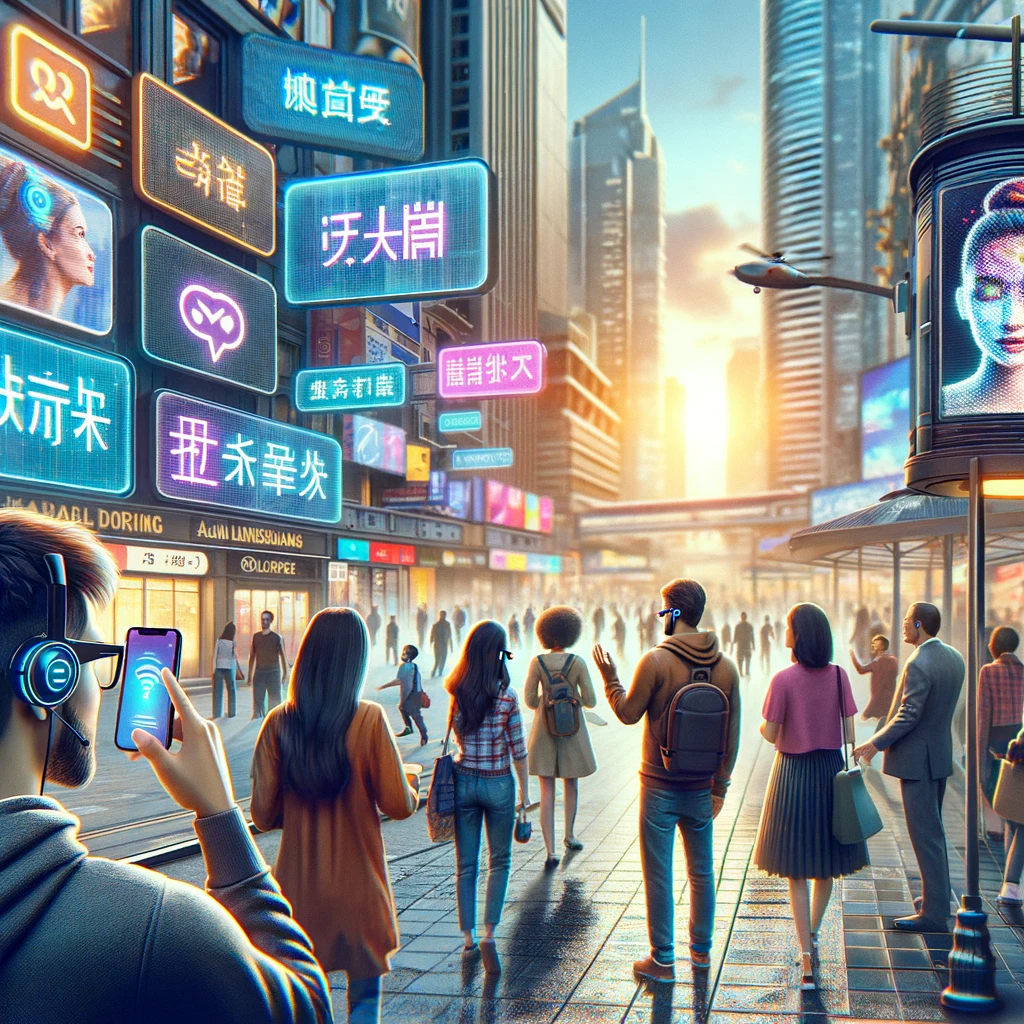In a world that’s more interconnected than ever before, communication is the lifeblood of our global society. Yet, a fundamental challenge persists, silently erecting barriers and impeding understanding: language. Across borders and cultures, the diversity of languages has long stood as a formidable hurdle to seamless communication. While our world has grown smaller thanks to technology, linguistic diversity remains a powerful force that can divide, isolate, and hinder progress.
However, in recent years, a revolutionary force has emerged, wielding the power to dismantle these linguistic barriers and enable real-time, cross-cultural communication: Artificial Intelligence (AI). As our world becomes increasingly reliant on AI for solutions to complex problems, it is now poised to transform the age-old practice of language translation. The question at the heart of this article is whether AI can indeed revolutionize language translation, allowing for fluid, instant conversations across languages that once seemed insurmountable.
The Challenge of Language Barriers: Language is the essence of communication, but it can also be a formidable barrier. In a globalized world, where businesses expand across borders and individuals connect with others from diverse backgrounds, the limitations of language become increasingly apparent. Misunderstandings, miscommunications, and missed opportunities abound, highlighting the pressing need for effective language translation solutions.
The Emergence of AI in Translation: The dawn of AI has brought with it a new era in translation technology. AI’s machine learning capabilities, especially neural networks, have revolutionized the field of language translation. Unlike traditional methods that rely on rule-based systems, AI-driven translation tools learn and adapt from vast datasets, resulting in enhanced speed, accuracy, and versatility.

AI’s Role in Real-Time Communication: AI is not merely a tool for static translations; it is a catalyst for real-time, cross-cultural communication. Innovative AI-powered translation apps and devices are changing the way we interact across linguistic boundaries. Whether in business negotiations, travel, or everyday conversations, AI is enabling fluid and instantaneous communication.
The Science Behind AI Translation: Behind the scenes, AI translation relies on sophisticated natural language processing (NLP) techniques and neural machine translation (NMT) models. This section unravels the mechanics of AI translation, shedding light on how algorithms understand context, idiomatic expressions, and cultural nuances.
AI in Multilingual Business and Diplomacy: Businesses are leveraging AI translation to expand their global reach, enhance customer experiences, and facilitate international collaborations. Diplomacy and international relations are also benefiting from AI-driven translation, breaking down language barriers in diplomacy and promoting dialogue among nations.
Overcoming Challenges and Limitations: While AI translation has made significant strides, challenges remain. Understanding context, handling idiomatic phrases, and addressing potential biases in translations are areas that require ongoing improvement. Ethical considerations related to data privacy and AI’s role in communication must also be addressed.
The Future of AI-Enhanced Translation: Looking ahead, the future of AI-enhanced translation holds great promise. In-ear translation devices that provide real-time translations are on the horizon. Additionally, AI may play a pivotal role in preserving endangered languages, ensuring linguistic diversity thrives alongside global connectivity.
Conclusion: In conclusion, AI is on the cusp of revolutionizing language translation, offering a future where linguistic diversity no longer hinders global communication. As AI continues to evolve and improve, we can expect to see more seamless and instantaneous cross-cultural interactions. The question of whether AI can revolutionize language translation for real-time communication is swiftly becoming a reality, with profound implications for our interconnected world. In breaking down these linguistic barriers, AI stands as a testament to human innovation and the boundless possibilities that technology can unlock.
